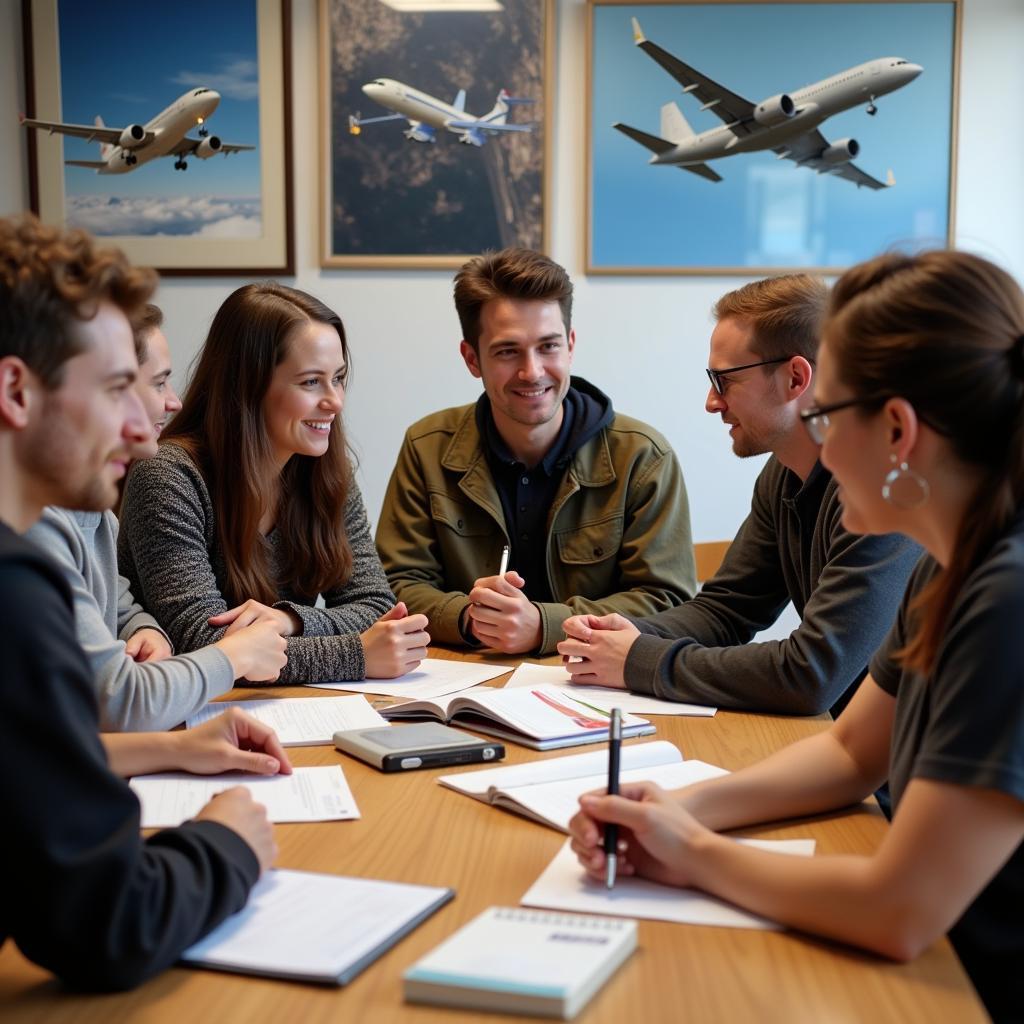The term “Wing Society” can encompass various meanings, depending on the context. From groups dedicated to aviation enthusiasts to social support networks aimed at improving dating prospects, the phrase covers a broad spectrum. This article delves into the different interpretations of “wing society,” exploring their origins, motivations, and impact. We aim to understand the diverse landscape of these communities and how they contribute to the social fabric, both online and offline.
Exploring Different Facets of “Wing Society”
The concept of a “wing society” can manifest in a multitude of ways. One common interpretation relates to aviation, encompassing organizations and clubs focused on aircraft, flight, and the aerospace industry. Another perspective centers around social dynamics, particularly in the realm of dating and relationships. In this context, a “wing society” refers to a group of individuals who support and assist each other in their romantic pursuits. This can involve offering advice, boosting confidence, and even actively participating in social interactions to facilitate connections. For example, the Illini Swing Society might represent a collegiate dance group, while the Grand Rapids Original Swing Society could focus on a specific musical genre. Understanding these diverse interpretations is crucial to grasping the full scope of the “wing society” phenomenon. It’s also important to recognize how these distinct groups function and contribute to their respective communities. Here at the Society For Peace, we strive to promote understanding and connection across all communities. Check out our page on the Orlando Area Rowing Society for another example of community building.
The Role of Community in “Wing Societies”
Whether focused on aviation, social skills, or shared hobbies, the common thread among “wing societies” is the emphasis on community. These groups offer a sense of belonging, shared purpose, and mutual support. This can be especially valuable for individuals navigating complex social landscapes or seeking to enhance specific skills. The structure and dynamics within each “wing society” can vary significantly depending on its focus and membership. Some groups may be highly organized with formal rules and hierarchies, while others adopt a more informal, flexible approach.
 Wing Society Meeting
Wing Society Meeting
This sense of community is a powerful force in fostering positive change and personal growth. By connecting individuals with shared interests and goals, “wing societies” create an environment where members can learn, grow, and thrive together.
“Wing Societies” and the Pursuit of Shared Goals
Another key aspect of “wing societies” is the collective pursuit of shared goals. In aviation-focused groups, this could involve promoting aerospace education, advocating for aviation safety, or organizing events related to flight. In social “wing societies,” the shared goal might be to improve members’ dating prospects, build confidence, or develop social skills. The Newington Humane Society is another example of a group focused on a shared goal: animal welfare.
This collaborative pursuit of shared objectives fosters a sense of purpose and accomplishment within the group. By working together towards a common goal, members not only achieve individual progress but also contribute to the overall success of the “wing society.” This sense of collective achievement further strengthens the bonds within the group and reinforces its sense of community.
“Wing Society”: A Platform for Growth and Development
Regardless of their specific focus, “wing societies” provide a valuable platform for personal growth and development. Whether it’s honing technical skills in aviation, building confidence in social situations, or developing leadership qualities through group participation, members have the opportunity to expand their horizons and reach their full potential. This can lead to increased self-esteem, improved social skills, and a greater sense of purpose. By creating a supportive environment where individuals feel empowered to learn and grow, “wing societies” contribute to the overall well-being and development of their members. Consider checking out our resource on Swinger Society Discord for another example of online community.
What is the purpose of a “wing society”?
The purpose varies depending on the group. It can range from fostering shared interests in aviation to supporting each other in social settings.
How do “wing societies” contribute to personal growth?
They offer a platform for learning, developing skills, and building confidence in areas relevant to the group’s focus.
Conclusion: The Power of Connection in “Wing Societies”
From aviation enthusiasts to social support networks, the concept of a “wing society” highlights the power of connection and community. By bringing individuals together around shared interests and goals, these groups create an environment where members can thrive, grow, and achieve more together than they could alone. Understanding the different interpretations of “wing society” is essential to appreciating the diverse landscape of these communities and their unique contributions to society. As we continue to explore the evolving nature of human connection, the “wing society” phenomenon serves as a reminder of the importance of belonging, support, and shared purpose in enriching our lives and fostering a sense of belonging. Consider joining the Grand Rapids Original Swing Society if you’re interested in that genre of music.
FAQ
- What are the different types of “wing societies”?
- How can I find a “wing society” that aligns with my interests?
- What are the benefits of joining a “wing society”?
- Are there any online “wing societies”?
- How do “wing societies” differ from other types of social groups?
- What is the typical structure of a “wing society”?
- How active are “wing societies” in their communities?
For any further questions or assistance, please contact us: Phone: 02043854663, Email: [email protected], or visit our address: Khu 34, Bắc Giang, 260000, Vietnam. We have a 24/7 customer support team.